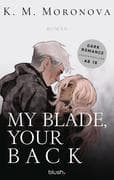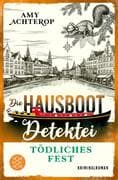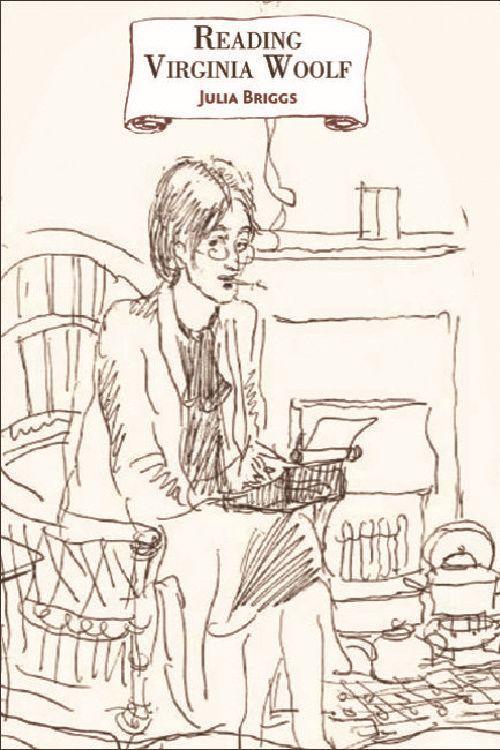With grace and style, noted Woolf critic and biographer Julia Briggs reconsiders the author's work from imaginative and unexpected angles, spanning her early fiction experiments to her late short story "The Symbol" and from the most to the least familiar of her novels, such as the neglected Night and Day.
Briggs investigates links between Woolf and writers like Byron and Shakespeare, her fascination with transitional places and moments, her ambivalent attitudes toward "Englishness" and censorship, and her methods of writing and revision. She examines the differences between the original British and American editions of Woolf's texts and the lesser-known changes she made after publication. Briggs's lively and engaging style will appeal to scholars and general readers alike.
Inhaltsverzeichnis
Introduction: 'Such Absences!'; 1. VW Reads Shakespeare, or Her Silence on Master William; 2. 'The Proper Writing of Lives': Biography versus Fiction in the early short stories; 3. Night and Day: the Marriage of Dreams and Realities; 4. Reading People, Reading Texts: 'Byron and Mrs Briggs'; 5. Modernism's Lost Hope: Virginia Woolf, Hope Mirrlees and the printing of Paris; 6. The Search for Form (i): Fry, Formalism and Fiction; 7. The Search for Form (ii): Woolf and the Numbers of Time; 8. 'This Moment I Stand On': Woolf and the Spaces in Time; 9. 'Like a Shell on a Sandhill': the World of Things in To the Lighthouse; 10. Constantinople: Woolf at the Crossroads of the Imagination; 11. The Conversation Behind the Conversation: Speaking the Unspeakable; 12. 'Cut deep... and scored thick...': Woolf's Later Short Stories; 13. 'Almost Ashamed of England Being so English': Woolf and Englishness; 14. Between the Texts: Woolf's Acts of Revision.













